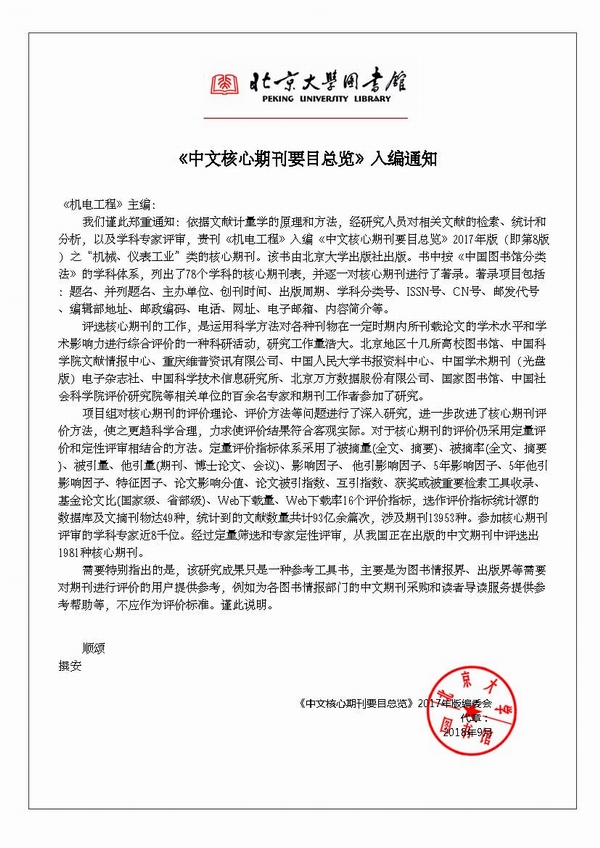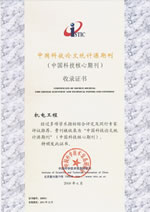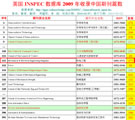
Founded in 1971 >
Chinese Sci-tech Core Periodicals >
British Science Abstracts (SA, INSPEC) Indexed Journals >
United States, Cambridge Scientific Abstract: Technology (CSA: T) Indexed Journals >
United States, Ulrich's Periodicals Directory(UPD)Indexed Journals >
United States, Cambridge Scientific Abstract: Natural Science (CSA: NS) Indexed Journals >
Poland ,Index of Copernicus(IC) Indexed Journals >
International Standard Serial Number:
ISSN 1001-4551
Sponsor:
Zhejiang University;
Zhejiang Machinery and Electrical Group
Edited by:
Editorial of Journal of Mechanical & Electrical Engineering
Chief Editor:
ZHAO Qun
Vice Chief Editor:
TANG ren-zhong,
LUO Xiang-yang
Tel:
86-571-87041360,87239525
Fax:
86-571-87239571
Add:
No.9 Gaoguannong,Daxue Road,Hangzhou,China
P.C:
310009
E-mail:
meem_contribute@163.com
CHENG Chuchu1,2, FU Gaosheng1,2, CHENG Hongling1, SONG Lili1,2, LEI Haohao2
(1.Department of Mechanical and Electrical Engineering,Ningde Vocational and Technical College, Ningde 355000,China; 2.School of Mechanical Engineering and Automation, Fuzhou University, Fuzhou 350108, China)
Abstract: Aiming at the problem of the reduction of grinding quantity due to abrasive wear and maintaining consistency of grinding workpiece in flexible manufacturing unit of sand belt polishing by industrial robot, the wear compensation strategy of sand belt in the process of polishing was analyzed and tested, taking copper alloy tap workpiece as the grinding objects. The compensation strategy and mechanism based on improving the speed of sand belt were put forward, which overcomed the contradiction between the traditional linearlyincreasingspeedbased method and the nonlinear trend of belt wear. The acceleration velocity formula of sand belt was also derived. The results indicated that the grinding quantity of the 100th workpiece is 10.67 g, using the linearlyincreasingspeedbased compensation method. The grinding quantity of the 101th workpiece increased to 11.02 g which is close to the standard grinding quantity, when the belt speed is nonlinearly increased from 15.99 m/s to 16.83 m/s, showing that the nonlinear acceleration compensation strategy is feasible.
Key words: industrial robot; grinding; belt wear; compensation strategy







